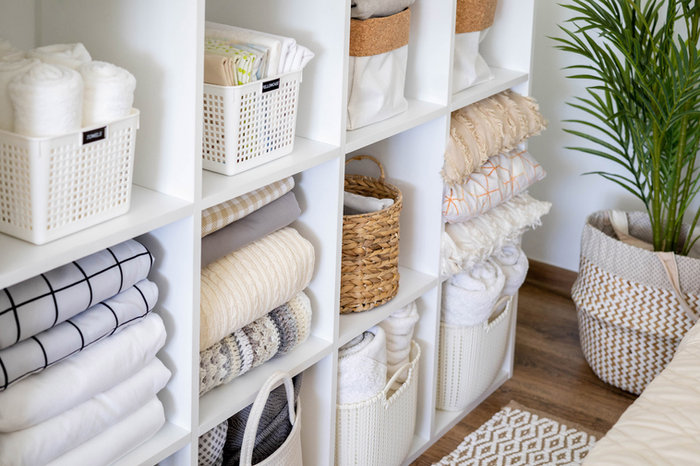September Newsletter
- nicoleba606
- Sep 16
- 5 min read
Brilliance Dementia Support & Consulting When a flower doesn't bloom you change the environment in which it grows not the flower |
 |
September Newsletter |
“It is not our memories but the person we have become because of those experiences that we should treasure. This is the lesson these keepsakes teach us when we sort them.”— Marie Kondo, The Life‑Changing Magic of Tidying Up |
Hoarding and Dementia Hoarding and dementia are two distinct but sometimes overlapping conditions, especially in older adults. Understanding the relationship between them is important for caregivers, healthcare providers, and families facing challenging behaviors related to clutter, disorganization, and safety risks. According to the DSM-5 (Diagnostic and Statistical Manual of Mental Disorders, 5th edition), hoarding disorder affects up to 2.5% of the population, with symptoms typically beginning in adolescence and worsening over time. (American Psychiatric Association, 2013). While hoarding disorder is a standalone psychiatric condition, hoarding-like behavior can also emerge as a symptom of dementia. This type of behavior is typically the result of cognitive decline rather than intentional collecting or saving. A study published in National Library of Medicine found that hoarding behavior in older adults with cognitive impairment often correlates with worsened executive function and reduced decision-making capacity. |
 |
Reasons why one might hoard
Memory LossThey forget they already have it, so they keep getting more. People with dementia often experience short-term memory loss, especially in Alzheimer's disease. This can lead to:
Disinhibition They lose the filter that usually tells us what's appropriate. In certain types of dementia, especially Frontotemporal Dementia (FTD), the parts of the brain that control inhibition and social judgment are damaged early on. This can lead to:
Fear of Scarcity or Confusion They feel they need to hold onto things, just in case. Dementia can cause a heightened sense of insecurity or confusion, leading to irrational fears about running out of things. This may result in:
Impaired Judgment and Executive Functioning They can't make decisions or organize things the way they used to. Executive functions, such as planning, organizing, and decision-making, are often among the first abilities to decline in dementia. This can lead to:
Emotional Distress or Anxiety Keeping things brings comfort in a confusing world. People with dementia often feel anxious, disoriented, or scared, especially as their cognitive abilities decline. Hoarding can be a way to self-soothe or create a sense of control and familiarity.
Sense of Control or Safety For some, hoarding creates a sense of order, comfort, or protection, especially if they’ve experienced trauma or chaos in their lives.
Loneliness or Social Isolation Hoarding may serve as a coping mechanism for loneliness, where possessions take the place of social relationships.
|
 |
How to help
|
 |
Use calm, compassionate, respectful language
Avoid "You need to clean this up!", "We need to throw this away!", "You're hoarding", "This is junk!"
Use "Can you tell me about this item?", "Could we look through these together?", "Let's make a little more space so it's easier to get around ", "This bin will keep everything together", "I want you to be comfortable and safe"
Focus on understanding, not arguing. They're not being "stubborn", their brain is changing. |
What if my loved one refuses to allow an item to be removed?
Take a photo keepsake of the item before removing it. This will preserve the memory while reducing the clutter. Print the photos and put them in a memory box or album.
|
 |
Some Products that I like |
The Everything Tracker-Protect lost or stolen stuff and make life easier. Attach to everyday things like keys, water bottles, or bags
Label Maker-Ideal for Small Office, Home Office, and Home Organization: a mobile label maker to keep homes, small offices, and workspaces tidy and organized.
Invisible cabinet locks-These clever child-proof locks are invisible from the outside of the cabinet. Once installed, the cabinet door can only be opened by placing a "secret" magnetic knob-like "key" on the outside face of the cabinet in just the right spot – then the door unlocks and opens freely. Keep the key stored safely in a remote location. Useful for loved ones who may go into the kitchen at night and remove food, dishes, glasses, etc. Perfect for bathroom base cabinets too.
|
 |
“But when we really delve into the reasons for why we can’t let something go, there are only two: an attachment to the past or a fear for the future.”
-Marie Kondo, The Life‑Changing Magic of Tidying Up
|
I hope you've enjoyed this newsletter but if you didn't and would like to be taken off of my email list please reply and let me know This is NOT a replacement for healthcare. This is not considered healthcare advice. Please consult your loved one's healthcare providers for best practices and recommendations for your situation. |


Comments